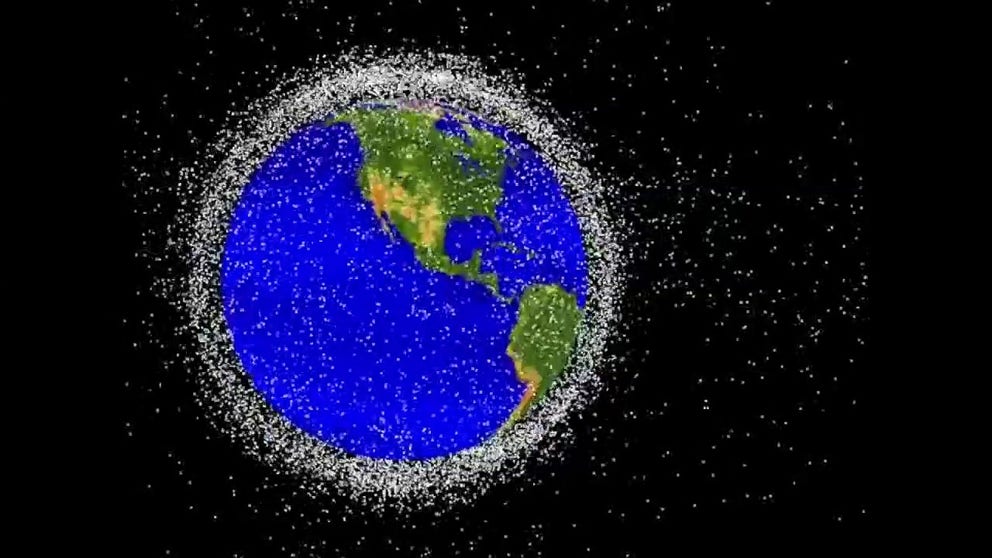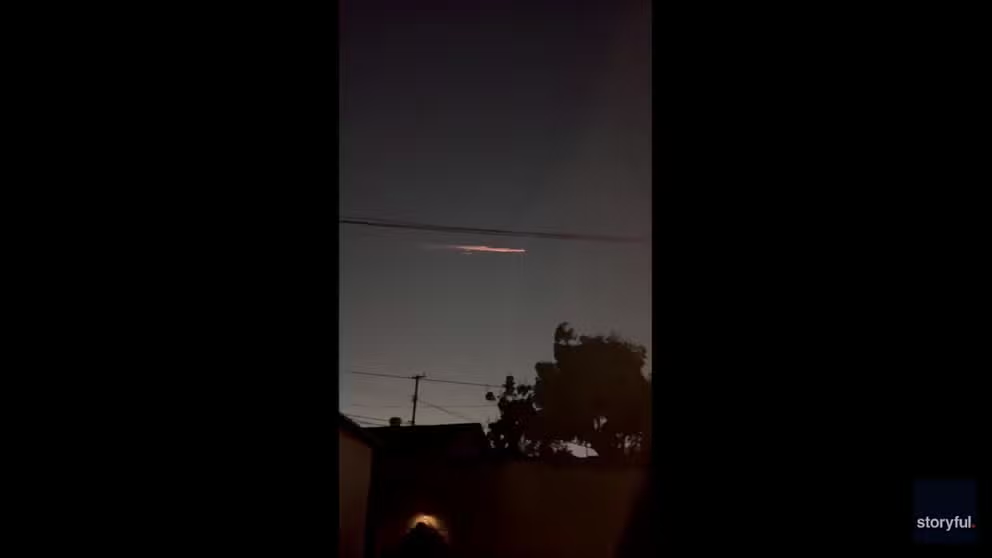NASA's new plan to tackle space junk includes director of space sustainability
Low-Earth orbit is becoming increasingly crowded with active and defunct satellites and rocket parts. NASA wants to prioritize efficient ways to reduce uncertainties about orbital debris, or space junk, in low Earth orbit.
Watch simulation of space debris orbiting the Earth
The following graphics are computer generated images of objects in low-Earth orbit that are currently being tracked. The orbital debris dots are scaled according to the image size of the graphic to optimize their visibility and are not scaled to Earth. (Courtesy: NASA ODPO)
NASA unveiled a new strategy this week to tackle the growing problem of space debris in Earth orbit, which includes appointing a new leadership position to oversee the agency's space sustainability plan.
Similar to sustainable practices on Earth, NASA is treating low-Earth orbit, the Moon and other celestial bodies as places that should be protected. According to NASA, space sustainability is the ability to continue space activities safely, peacefully, and responsibly while preserving the outer space environment.
The agency revealed the first part of its Space Sustainability Strategy on Tuesday, announcing it would appoint a new director of space sustainability to coordinate these efforts across NASA.
NASA INVESTIGATES POSSIBLE SPACE JUNK THAT CRASHED THROUGH FLORIDA HOME
With the growing commercial space industry and other nations expanding their space programs, low-Earth orbit is becoming increasingly crowded with active and defunct satellites and rocket parts.
"These capabilities include increased low Earth orbit satellite activity and plans for the use of satellite constellations, autonomous spacecraft, and commercial space destinations," NASA wrote. "However, this increased activity also has generated challenges, such as an operating environment more crowded with spacecraft and increased debris. Understanding the risks and benefits associated with this growth is crucial for space sustainability."
Fireball: Rocket re-entry lights up California sky
Flaming rocket debris was seen streaking across the southern California Sky early on April 2. (Video: Bree Moore via Storyful)
The agency laid out goals for space sustainability, including prioritizing efficient ways to reduce uncertainties about orbital debris, or space junk, in low Earth orbit. Additionally, NASA plans to continue investing in orbital debris technology and developing policies incentivizing sustainable space operations.
"Today, we face a pivotal moment. The time to act is now," NASA Deputy Administrator Pam Melroy said in a video.
ASTRONAUTS PREPARED FOR 'SAFE HAVEN' AS RUSSIAN SATELLITE DEBRIS NEARED
In recent years, several large satellites and rocket bodies have come crashing back to Earth – some were planned re-entries and some not.
The International Space Station, which orbits about 250 miles above Earth, faces the risk of space debris every day. Micrometeoroids regularly hit the station, including natural space debris or human-made space trash.
In 2021, a Russian anti-missile test created a large space debris field, prompting the astronauts on the ISS to shelter in case of a collision.
NASA's Orbital Debris Program estimates there are more than 25,000 objects larger than 10 cm (3.9 inches), with about 500,000 pieces smaller than those orbiting Earth.

